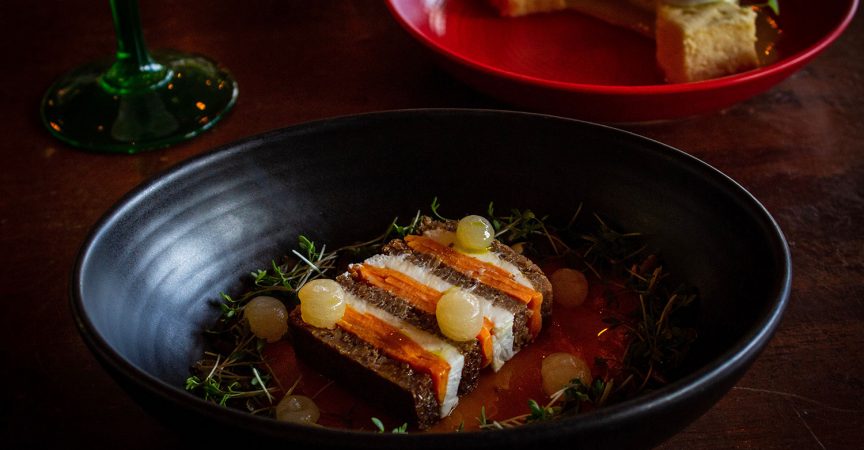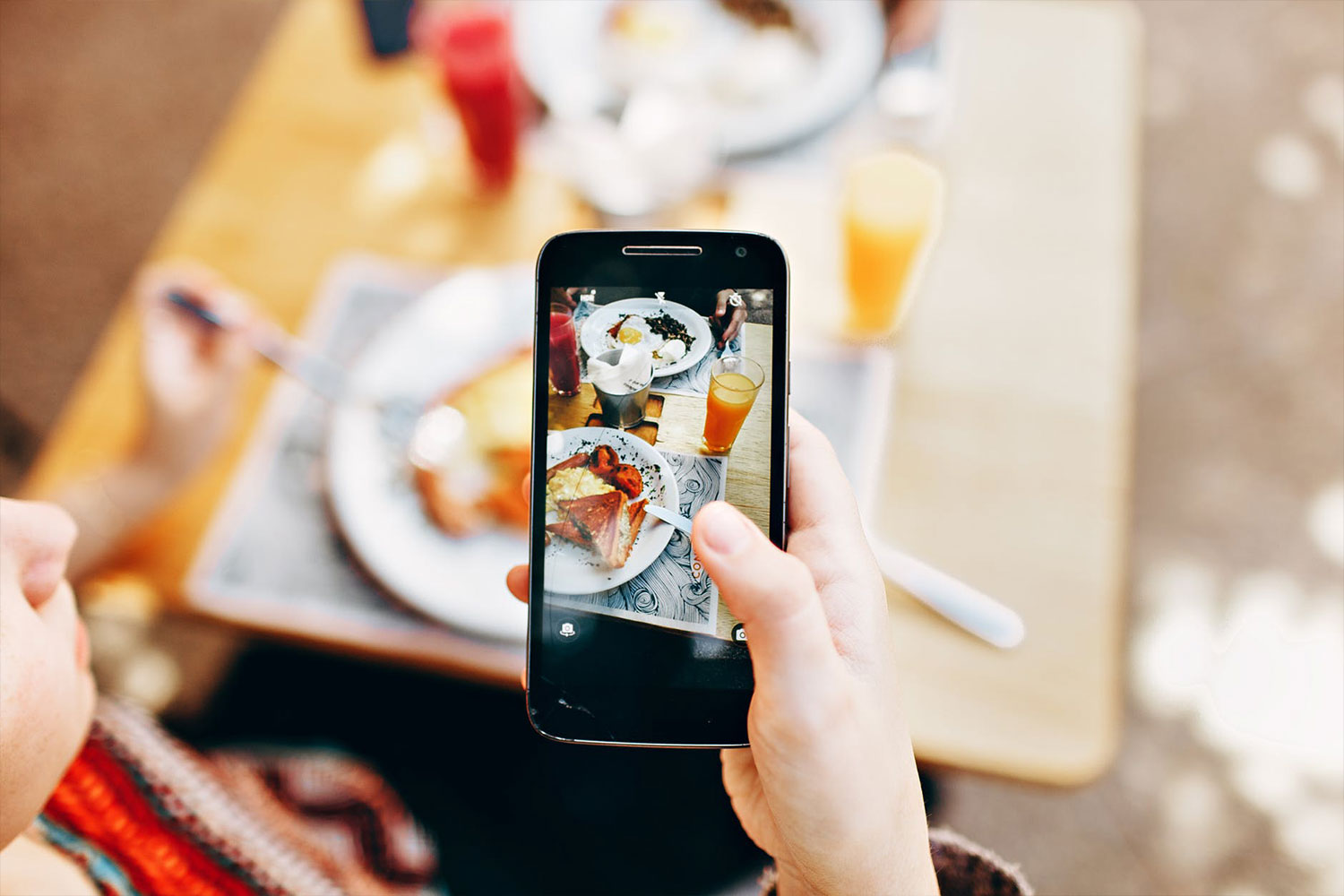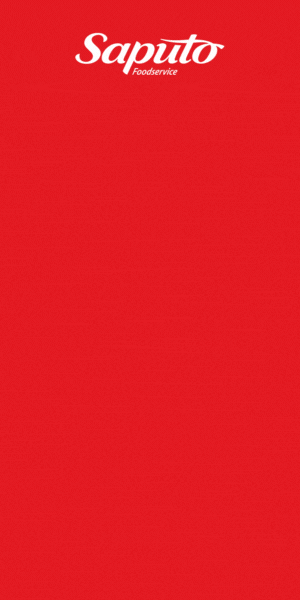The changing face of food presentation
When it comes to food presentation, most brands are prioritizing how “shareable” their products and campaigns are on social media. At Trend Hunter, we’re now looking to brands that are paving the way when it comes to product presentation, company values, and menus. The foodservice industry is gradually welcoming innovation beyond visuals, and critical acclaim alone, all to better speak to today’s hyperaware consumer.
Sustainability
Conversations around sustainability have long been about consumer lifestyles and environmental impact, and the ensuing consumer backlash against this narrative has identified the responsibility as something that’s in the hands of large corporations, which tend to fuel the waste affecting the climate today. Somewhere in the middle, some brands are working in tandem with their customers to offer solutions that place the responsibility to become eco-conscious in the hands of both. We can observe this shift in our Multi-Functional Plant insight, where brands have created eco-packaging alternatives that allow consumers to produce plants from items that are traditionally disposed of. Coupling environmentally friendly production with concepts that empower consumers to take action themselves leads to a future in which solutions to climate change work to the benefit of both the consumer and the corporation.
Seeds of Truth demonstrates how brands are integrating environmentally friendly elements into packaging solutions with its innovative coffee cup that arrives with seeds embedded into the sleeve. Once the coffee is consumed, the sleeve can be placed inside of the cup and planted into the earth. An accompanied stir stick is labelled with either basil, rocket or thyme, to inform the user of what they’ll be growing in their garden.
On a similar note, Flower Lollipop sticks from Amborella Organics have been introduced as another means of waste reduction. These treats arrive on a biodegradable, seed-embedded stick that can be planted after the candy has been eaten. The flavours of the lollipop correspond with the flower that will bloom, offering Peach and Marigold, Vanilla and Hibiscus and Champagne and Rose iterations. As sustainable consumption transitions to mainstream thought, these lollipop sticks represent one of the ways brands are working alongside the consumer to reduce waste.
Augmented Reality
The modern consumer expects innovations in interactivity on their path-to-purchase, and brands that prioritize this are no longer confined to the traditional formulas that require minimalism for luxury appeal or vivid colouring for mass-market appeal. In the Consumer Packaged Goods (CPG) space, we’ve observed the rise of augmented reality (AR)-based labelling. Whether educational or play-based, the use of this form of gamification is both exciting and now, familiar, to the average Millennial and Gen Z consumer. Beyond interest and distinction, the rise of AR labelling benefits companies looking to better engage their customers with their mission and values, who are likelier to establish brand loyalty as a result.
The use of augmented reality to seamlessly communicate with consumers is perfectly exemplified in Zappar and SIG’s comprehensive AR packaging for its sustainable boxed water, W-in-a-Box, which offers an informative experience in a manner that maintains the minimalist aesthetic of the product. Using an accompanied mobile app, consumers can simply point their mobile devices at the container, prompting the device to unlock AR content that explores the brand’s history of sustainability.
In addition to increased transparency, brands are leveraging augmented reality to further enhance user experiences. An example of this is seen with the packaging on KONTI’s candy wrappers, which have been integrated with AR technology that can keep kids busy for hours. The branded content, which can be accessed through one’s mobile device, features a full-length film and games starring Tomi, the cartoon bear. This effort seamlessly transforms a simple candy bar into a captivating storytelling experience, effectively aligning the brand with the user’s positive memories.
When it comes to food presentation, most brands are prioritizing how “shareable” their products and campaigns are on social media. At Trend Hunter, we’re now looking to brands that are paving the way when it comes to product presentation, company values, and menus. The foodservice industry is gradually welcoming innovation beyond visuals, and critical acclaim alone, all to better speak to today’s hyperaware consumer
Artificial Intelligence
The adoption of artificial intelligence (AI) can be observed in the food space with brands using the power of big data and intelligent learning to personalize their menus to each customer. The benefit of such practices exists in their direct appeal to consumers’ growing preference for customization to be applied to how products are presented to them. The “one size fits all” approach no longer has the same market appeal as the growing group of brands that aim to target niche consumer rituals. Infused with the learning abilities of AI, a more targeted approach enhances the perceived legitimacy of the customized recommendations being made by the brands in question.
There are several examples of technology being leveraged to offer unique experiences that extend past the menu or restaurant ambiance. For example, the London-based restaurant chain Vita Mojo has partnered with DNAfit to offer diners a custom meal based on their genetic code. Before their reservation, restaurant goers can submit a DNA swab. After the swab is analyzed with cutting-edge technology, the diner will receive a personalized meal that complements their specific DNA makeup and caters to their dietary needs. The seamless combination of food with technology offers an innovative and memorable experience that’s equal parts intimate and personal.
Instagram and social media inform the way diners are choosing restaurants, with some chefs opting to adjust menus to offer photo-friendly meals that will look great on one’s feed. Knorr’s Eat Your Feed campaign, accelerating the current focus on food aesthetic, cleverly offers social media users a completely personalized dining experience. With this campaign, users can connect and have a tool to analyze their Instagram accounts. The tool will then recommend recipes and dishes based on one’s social media preferences, creating what Knorr is referring to as the “world’s first Instagram-powered restaurant.” By leveraging new technology, Knorr can offer a personalized dining experience that appeals to Instagram’s growing foodie community.
This article is informed by Trend Hunter content and research. For more in-depth insights into the foodservice industry and environmentally friendly consumption, visit the Trend Hunter website, or join us in one of the 11 cities our Future Festival conference will be visiting in 2019.








